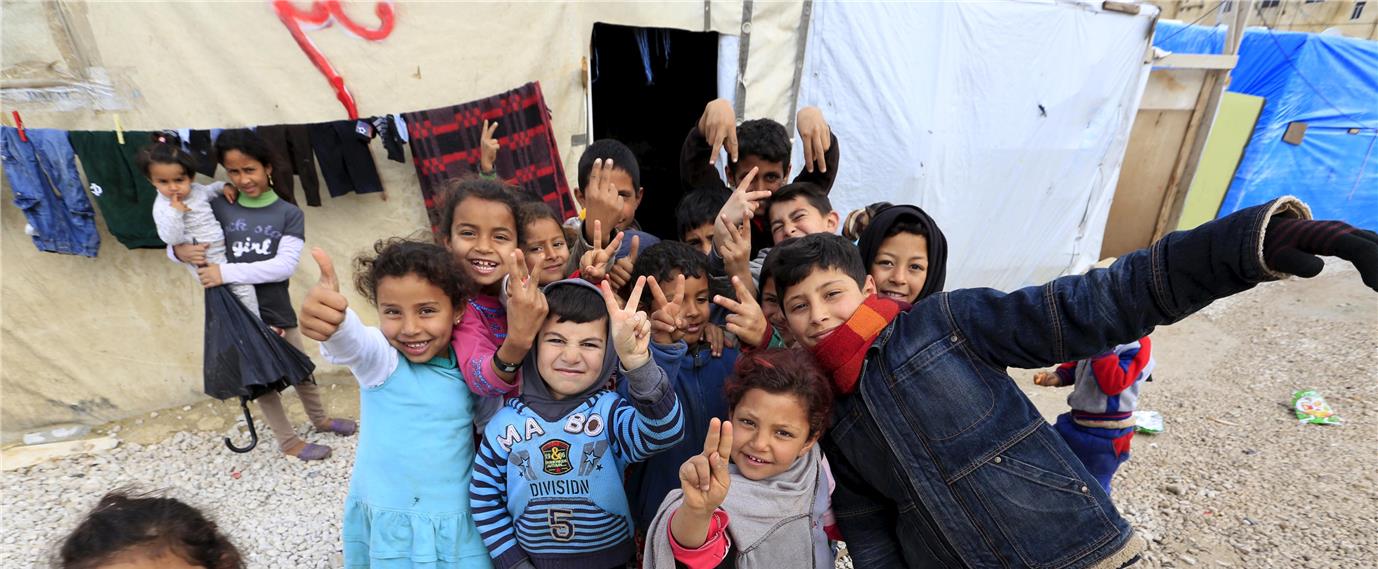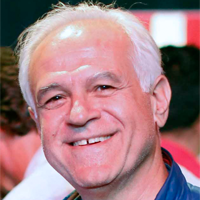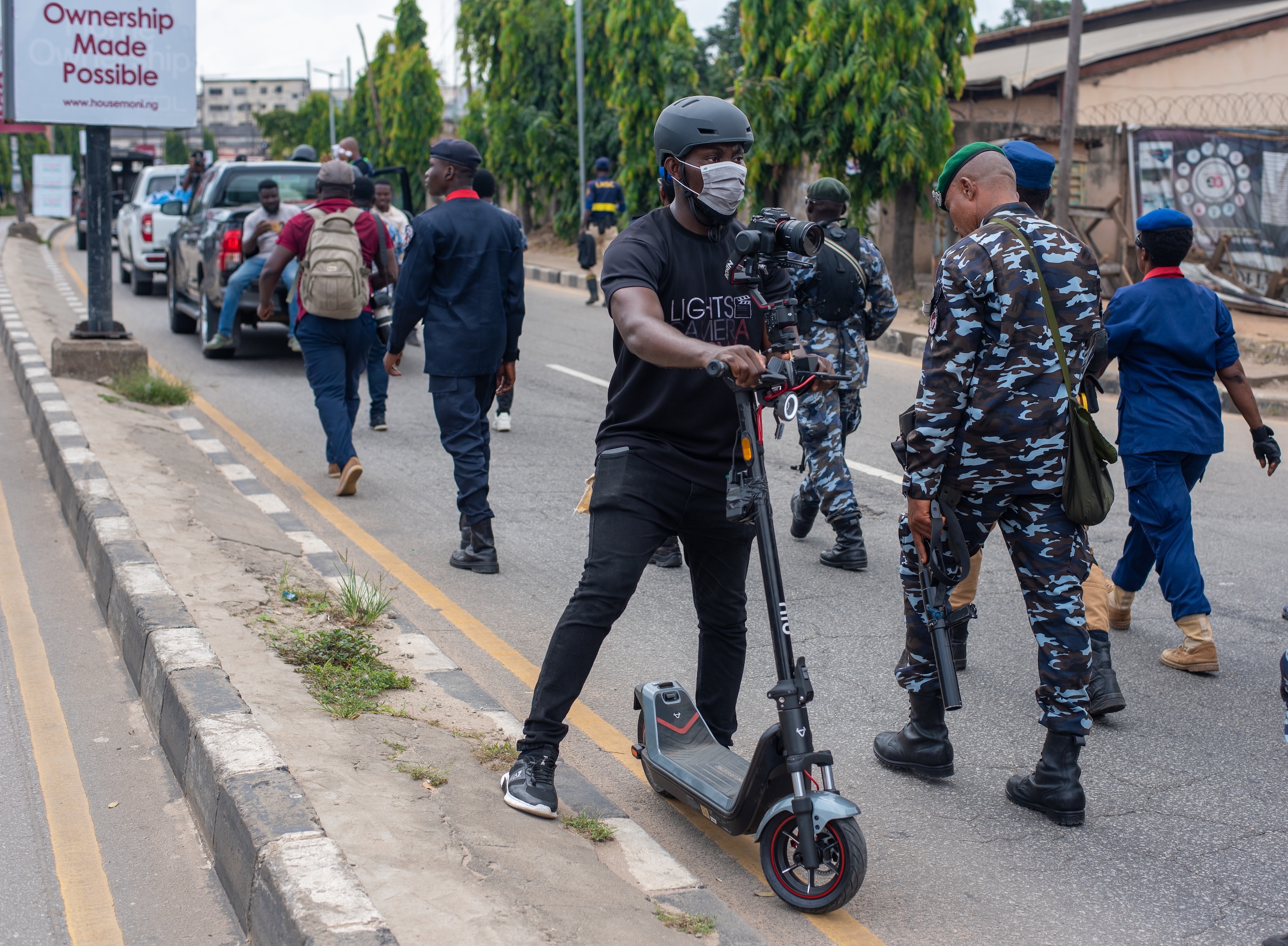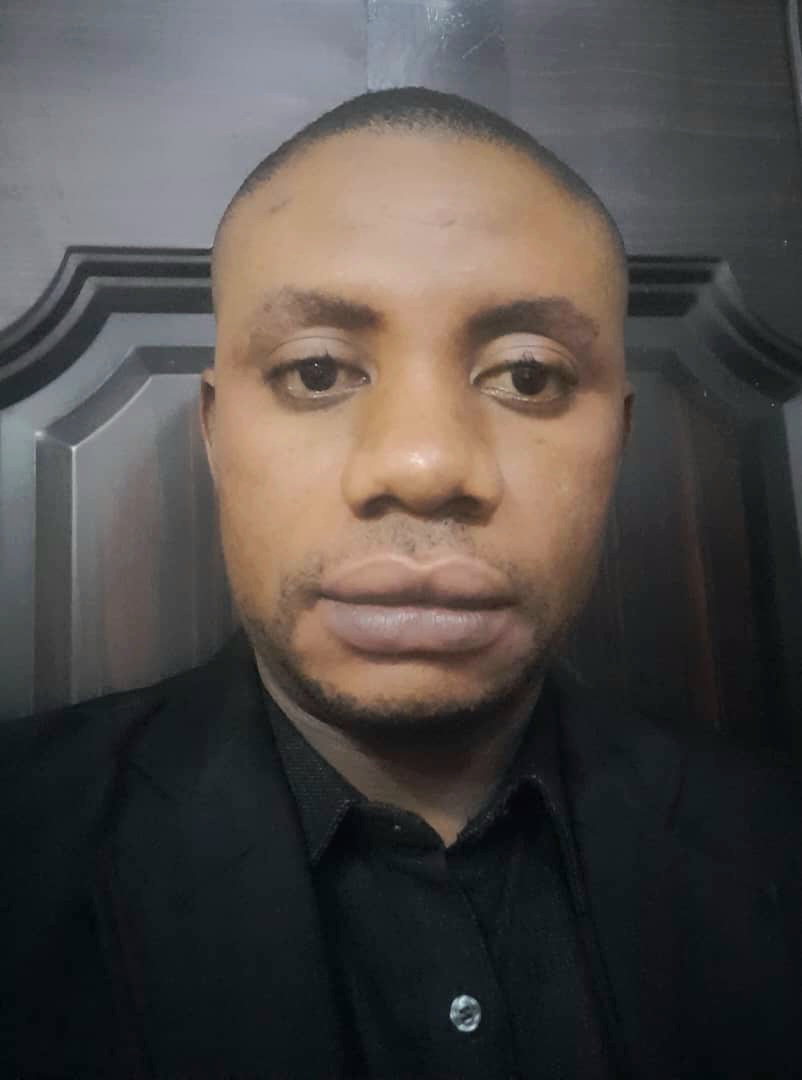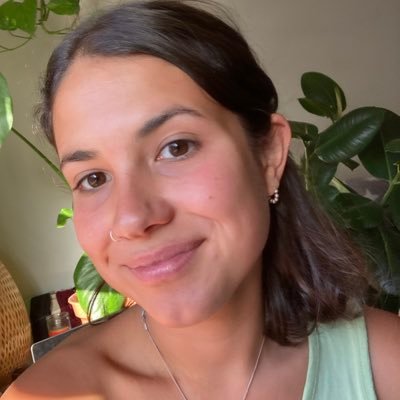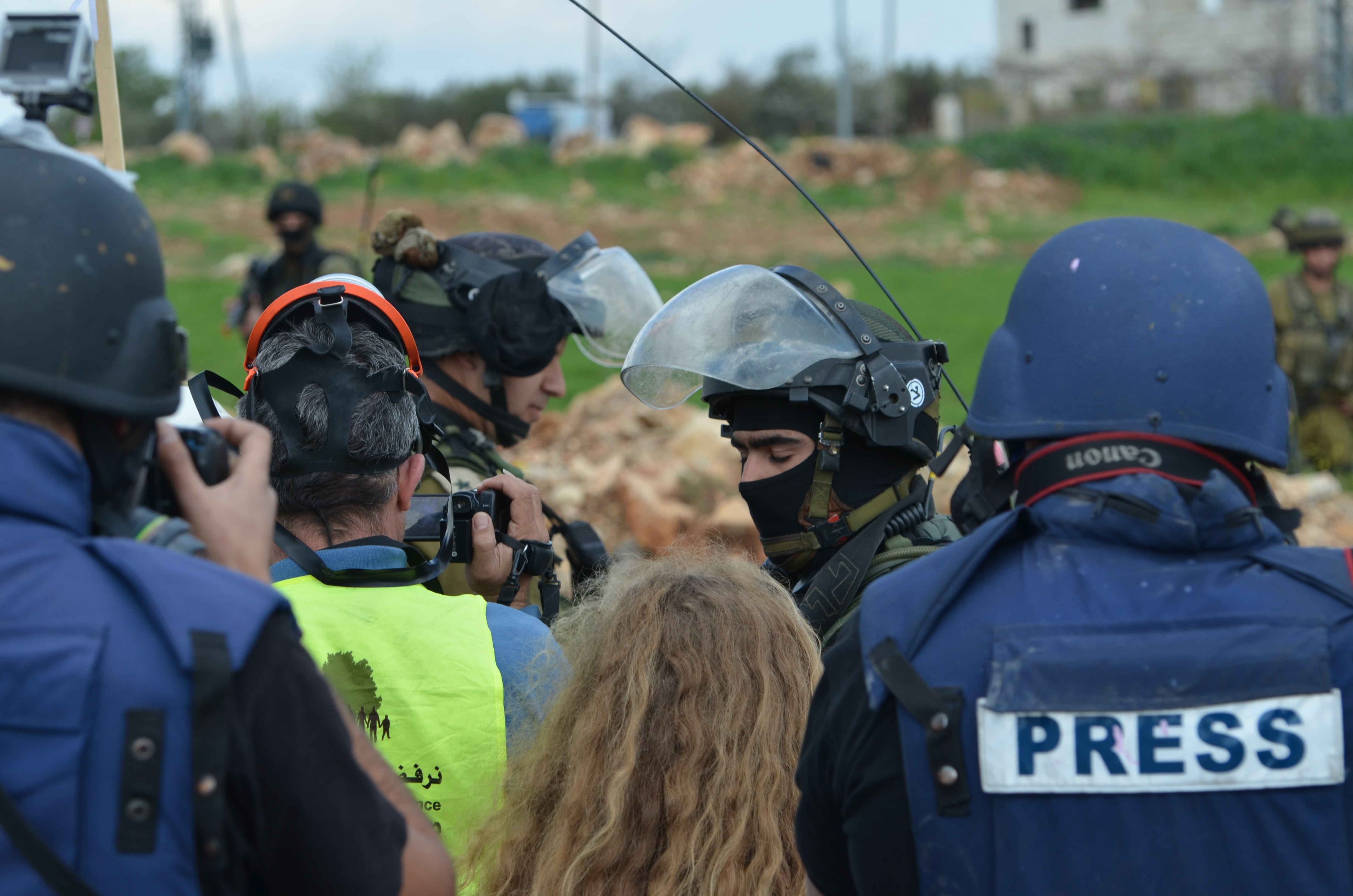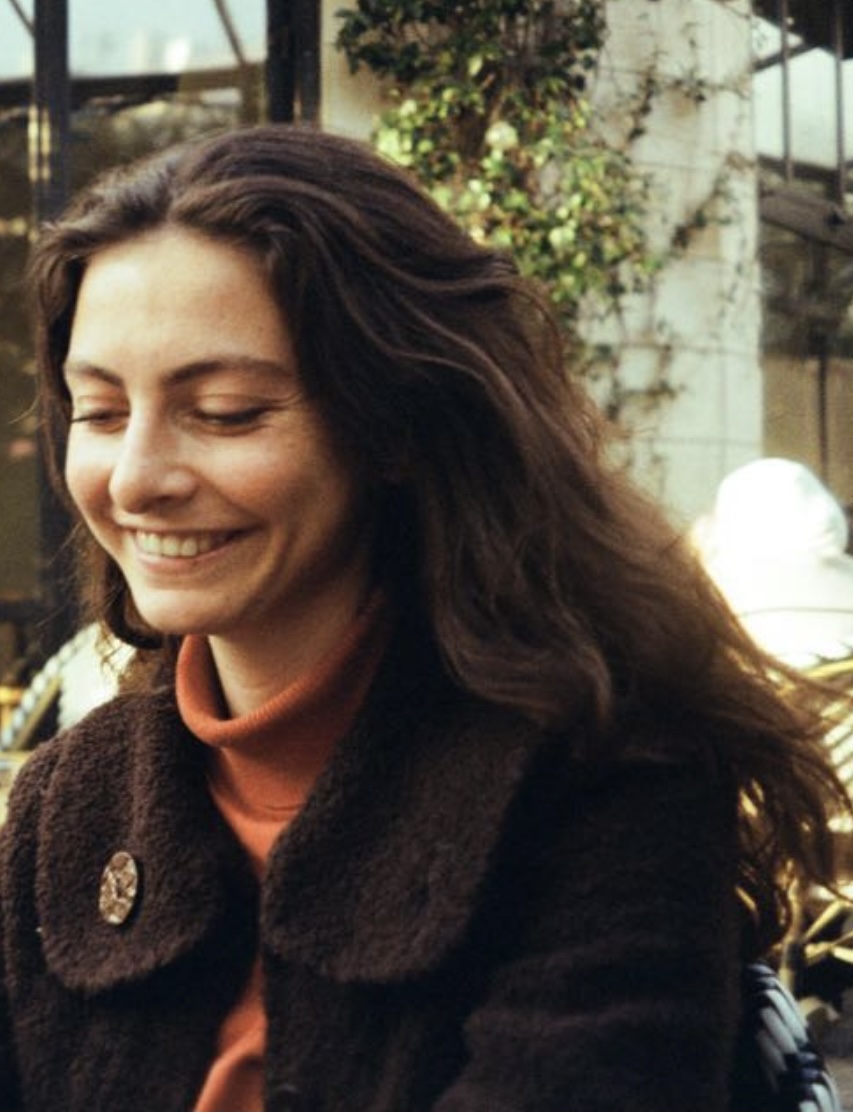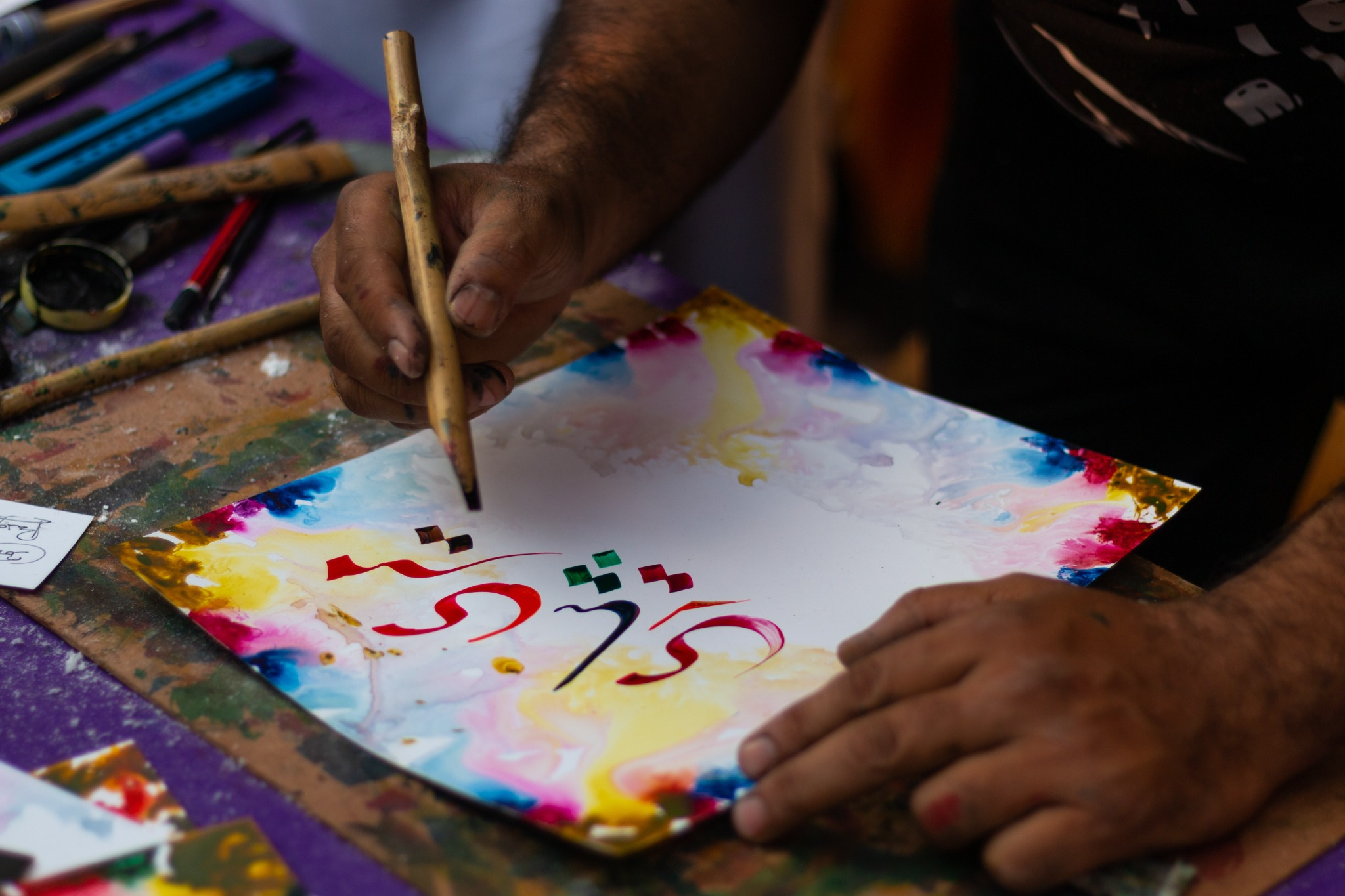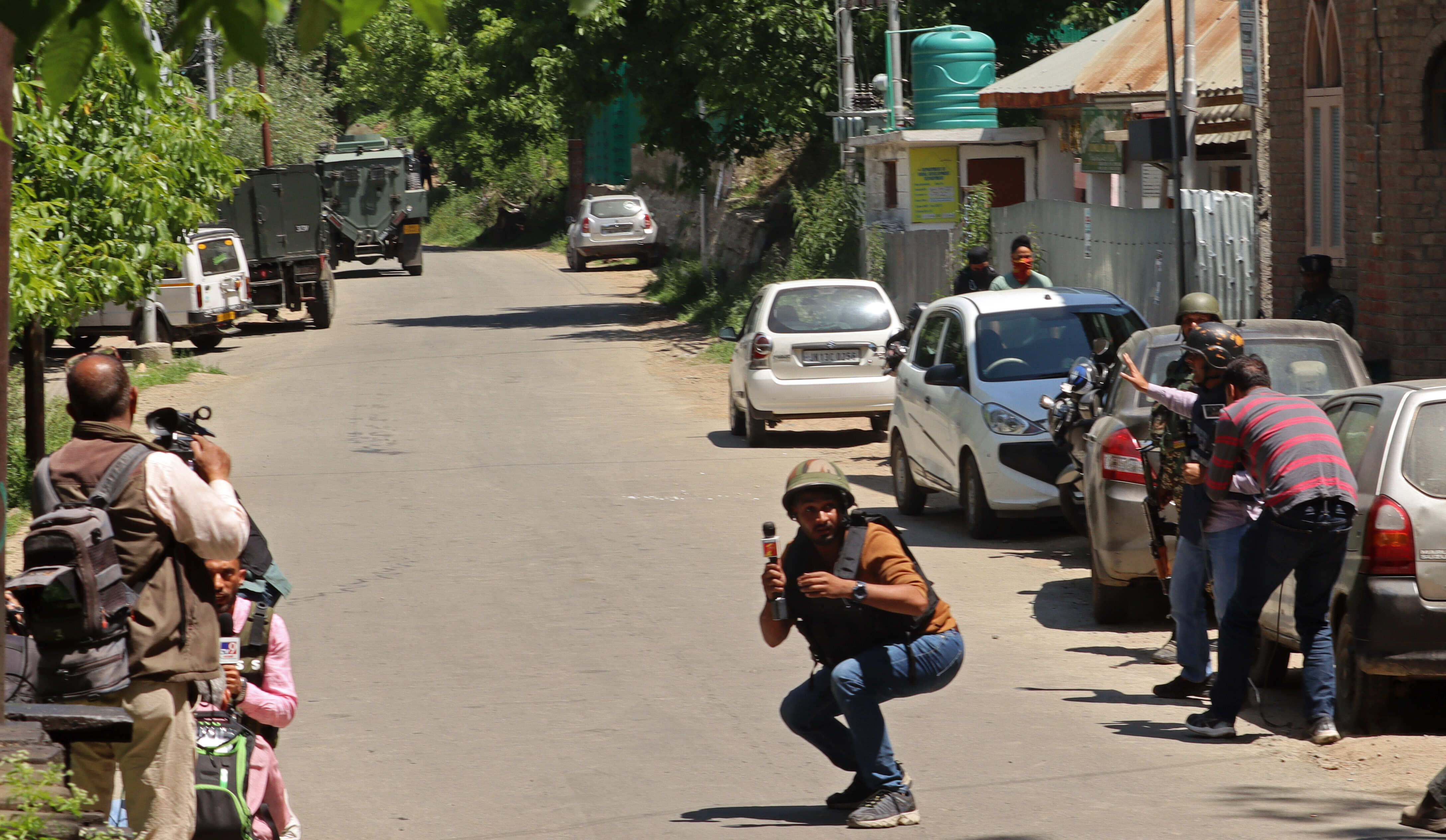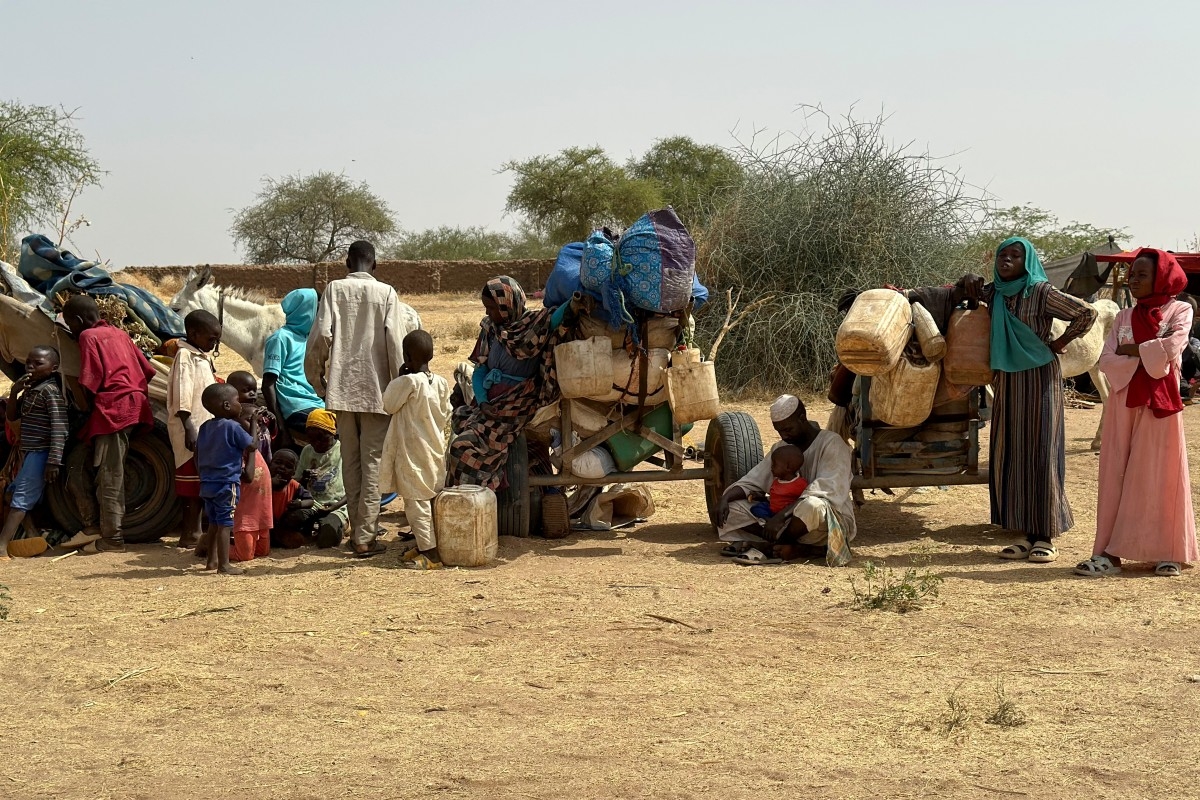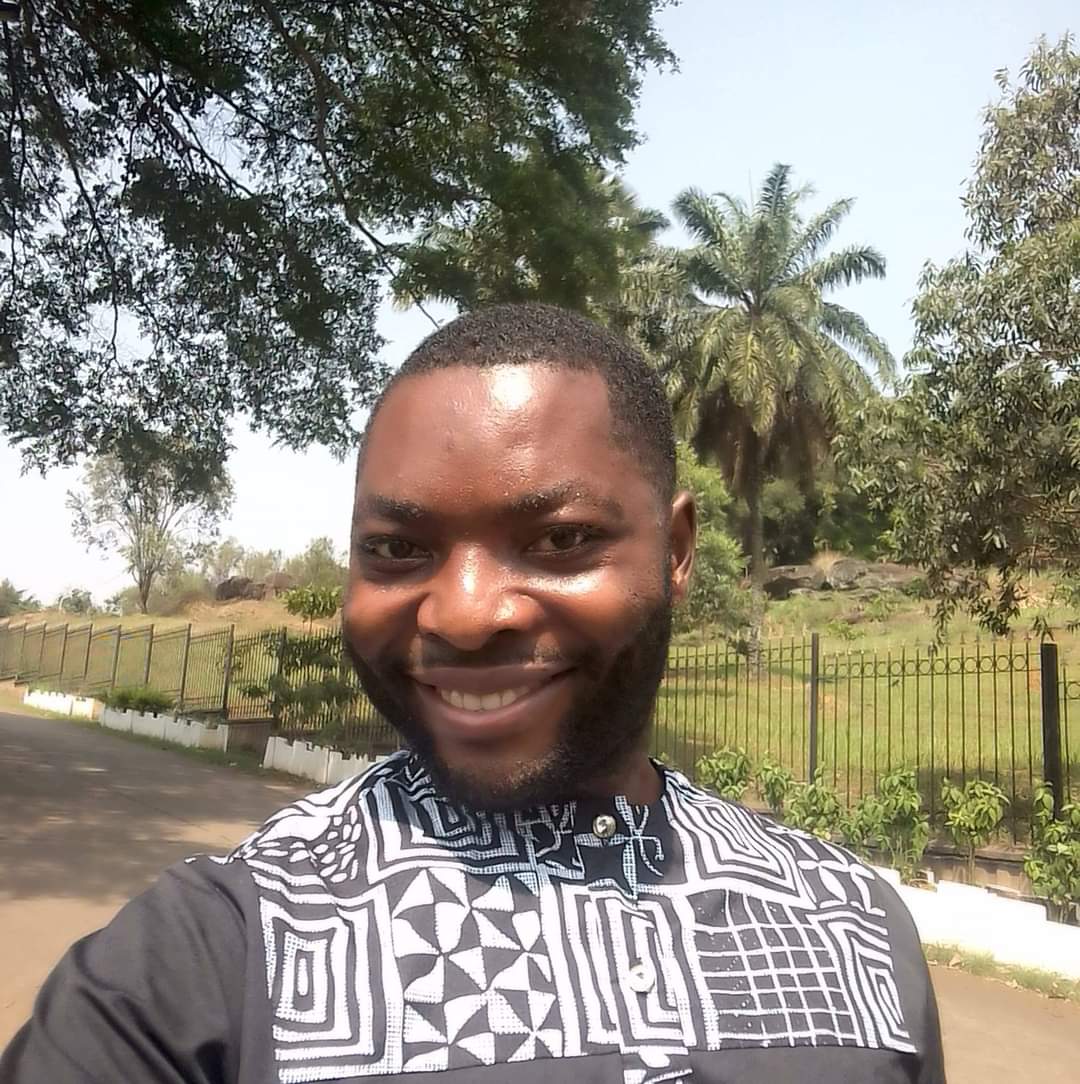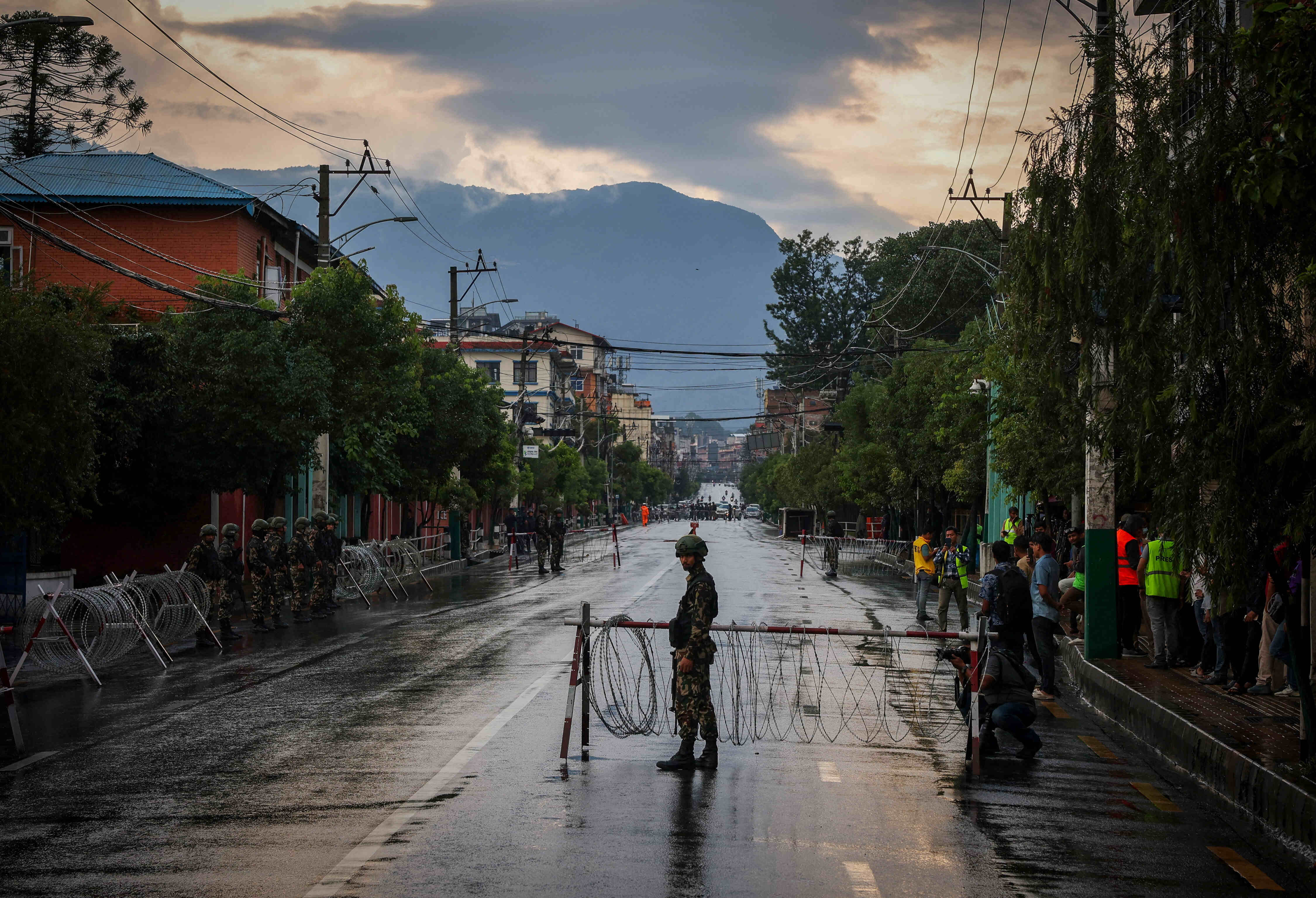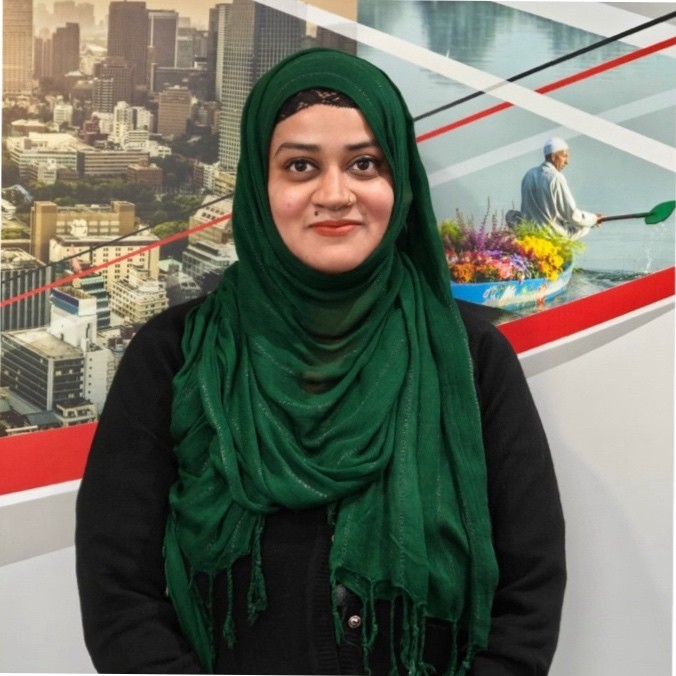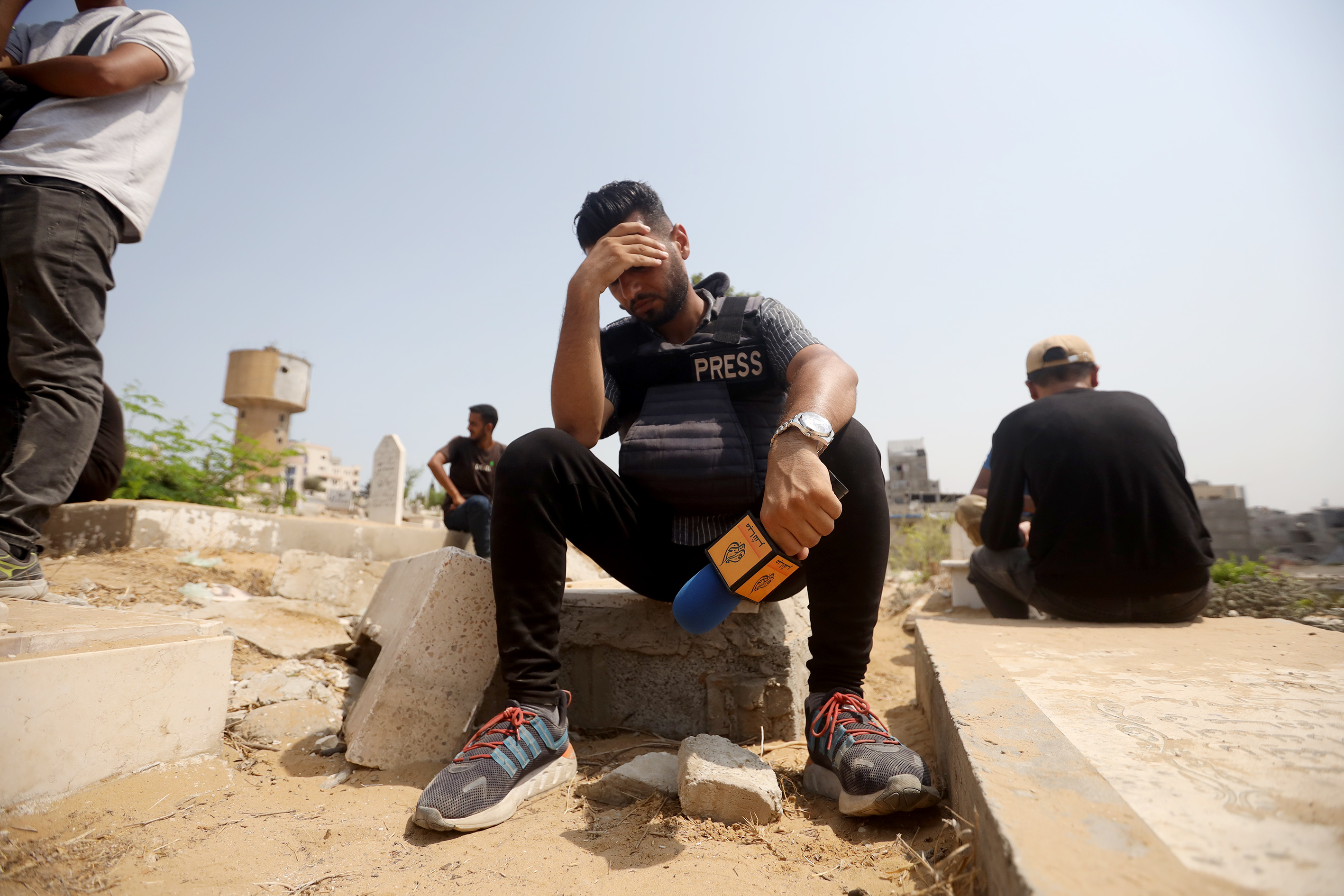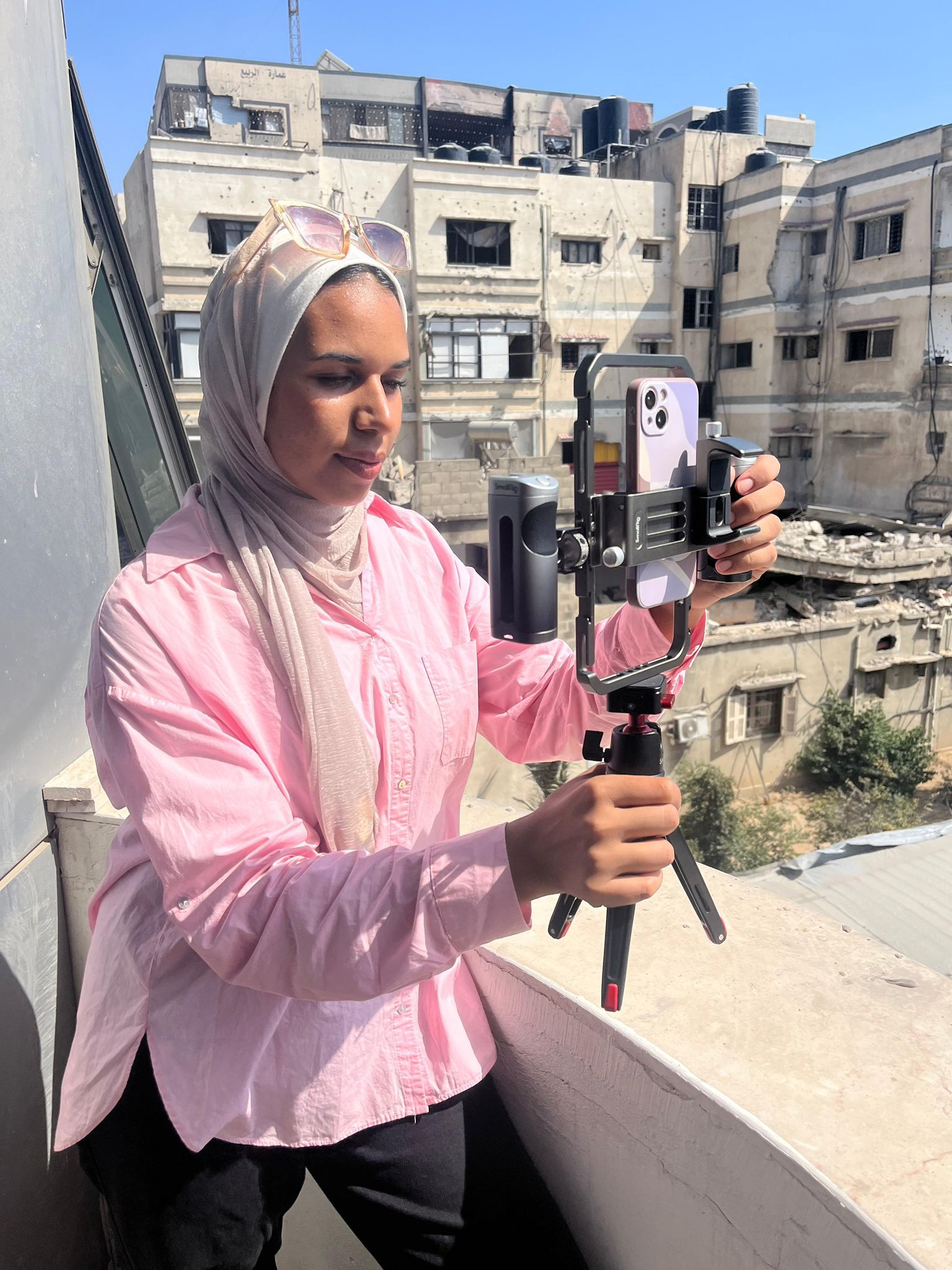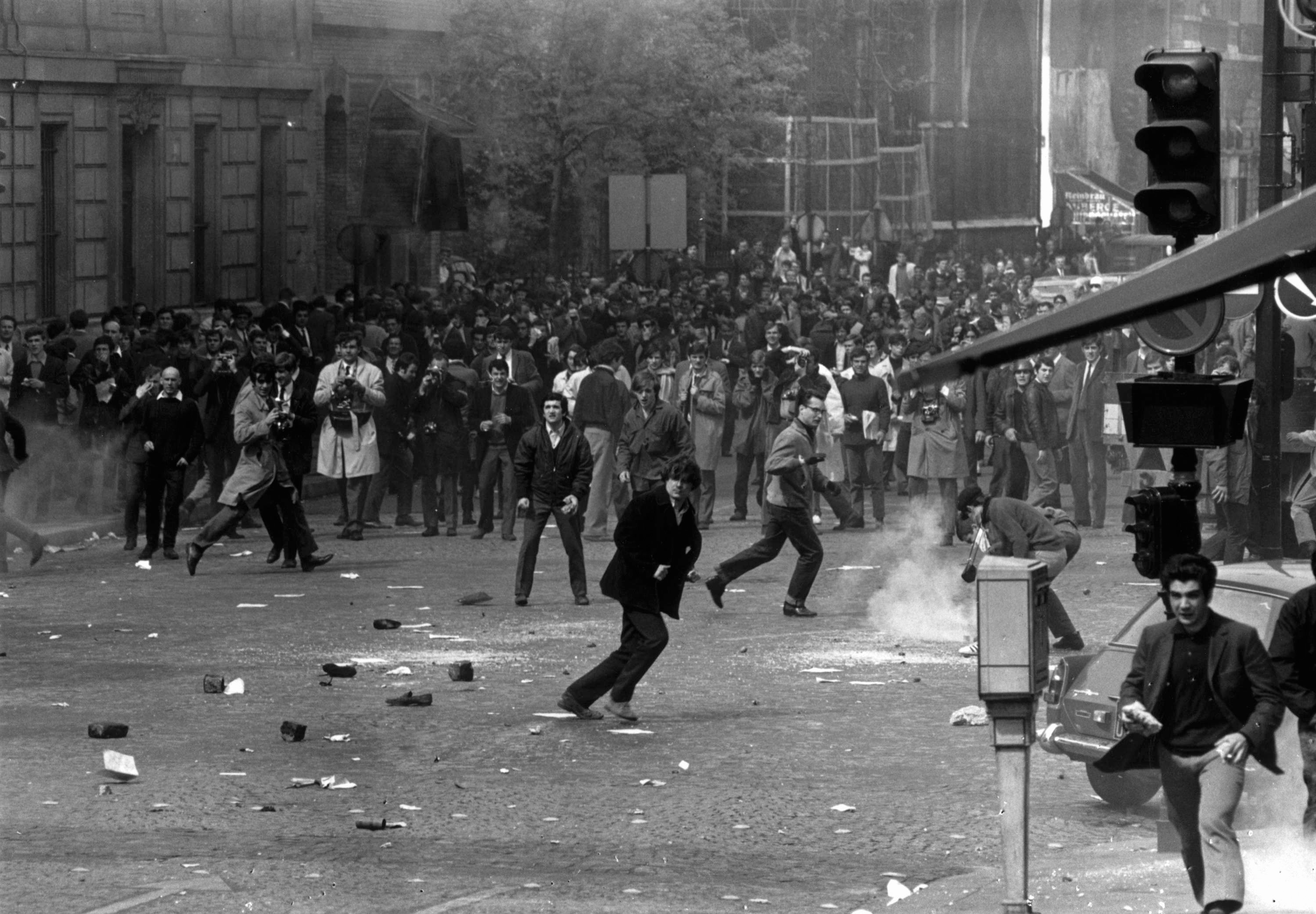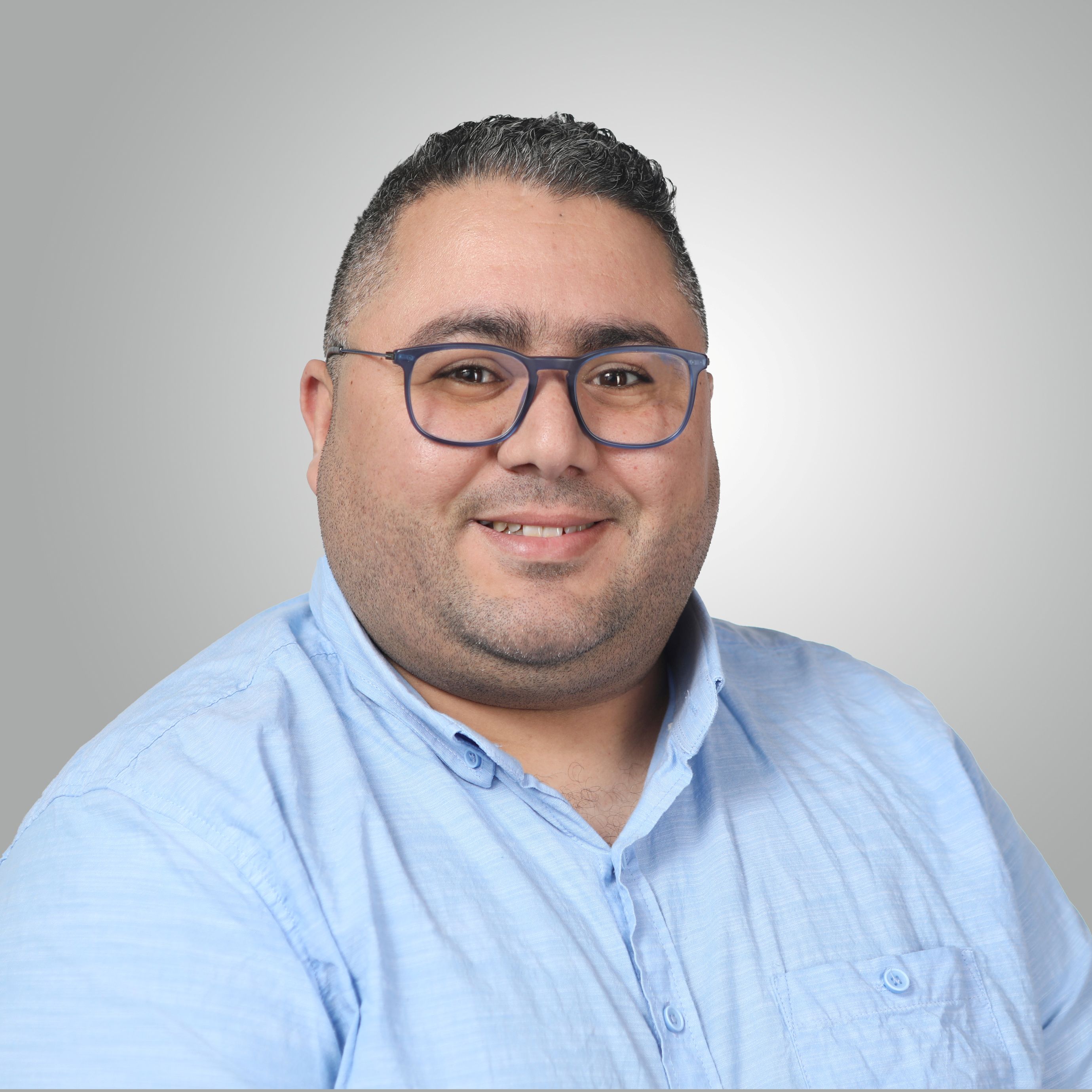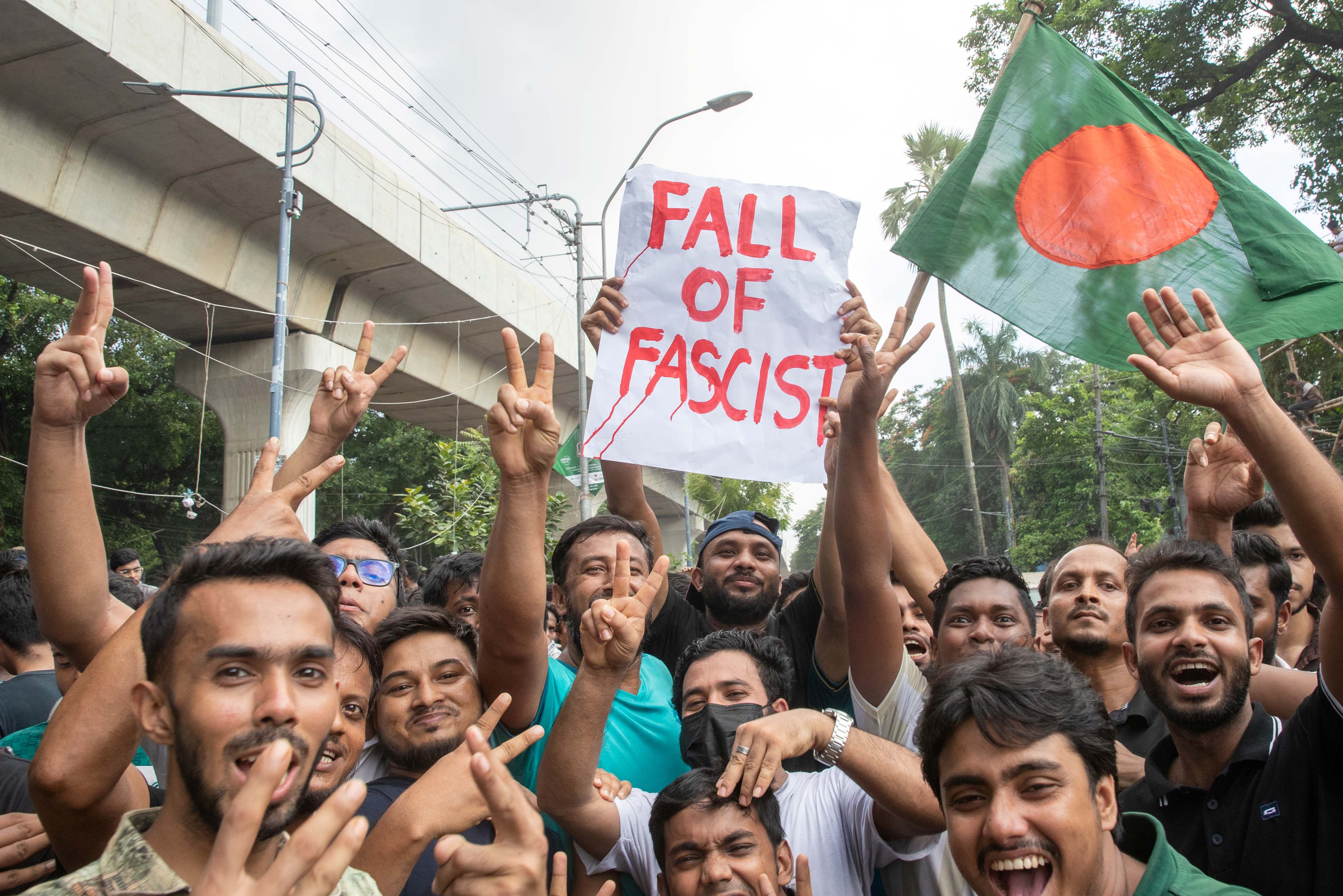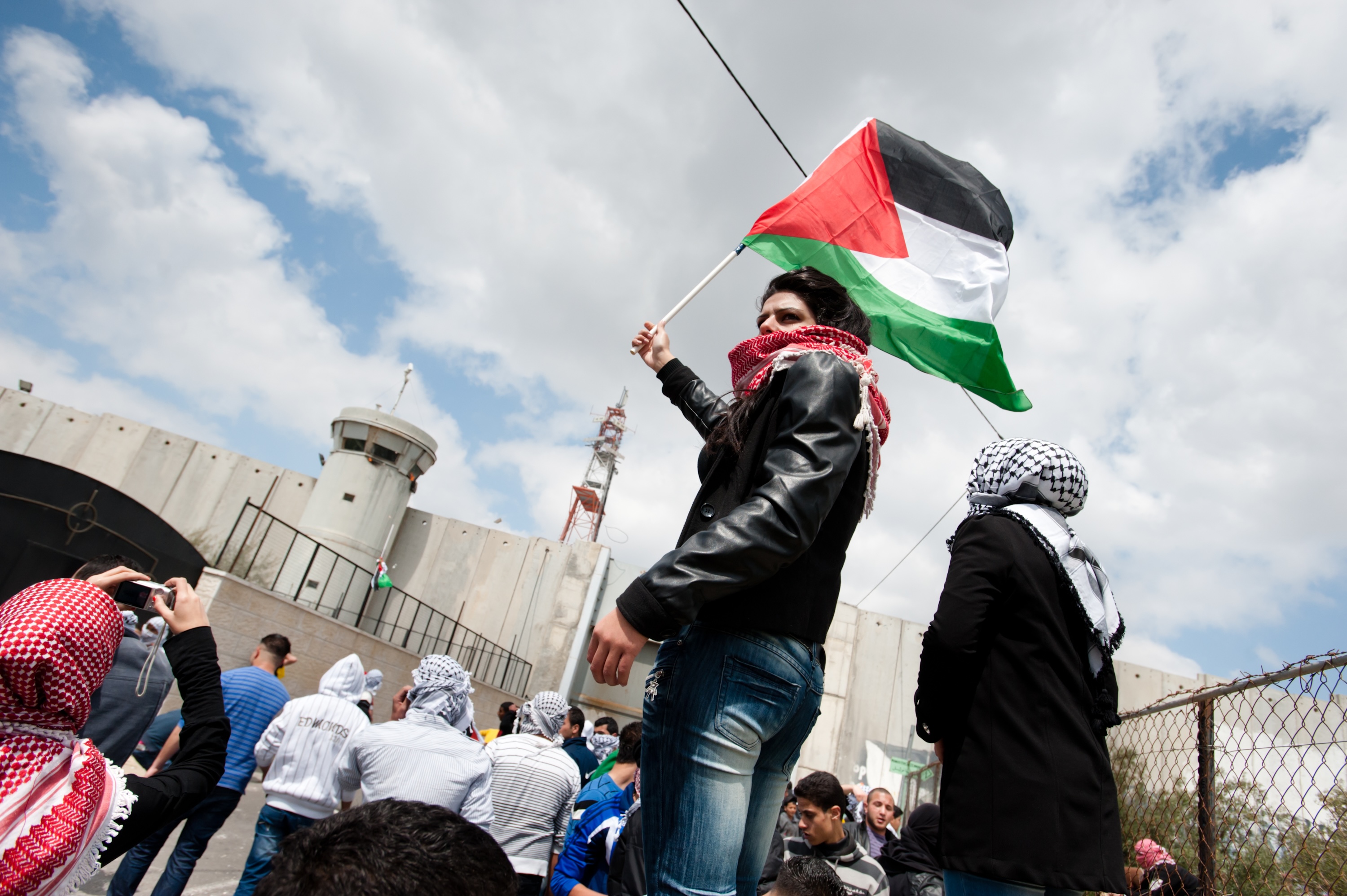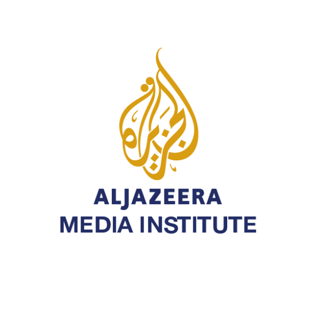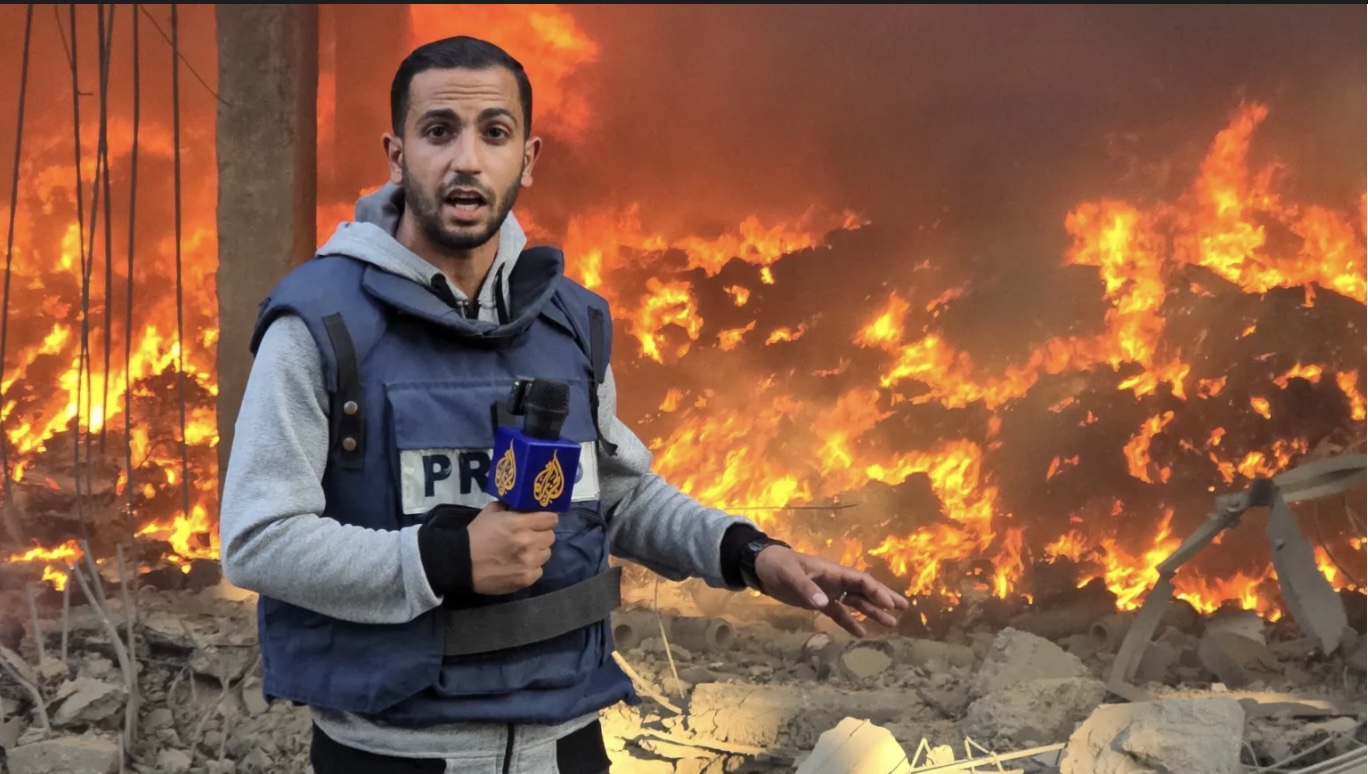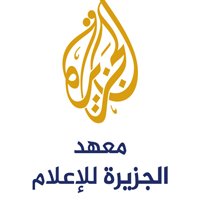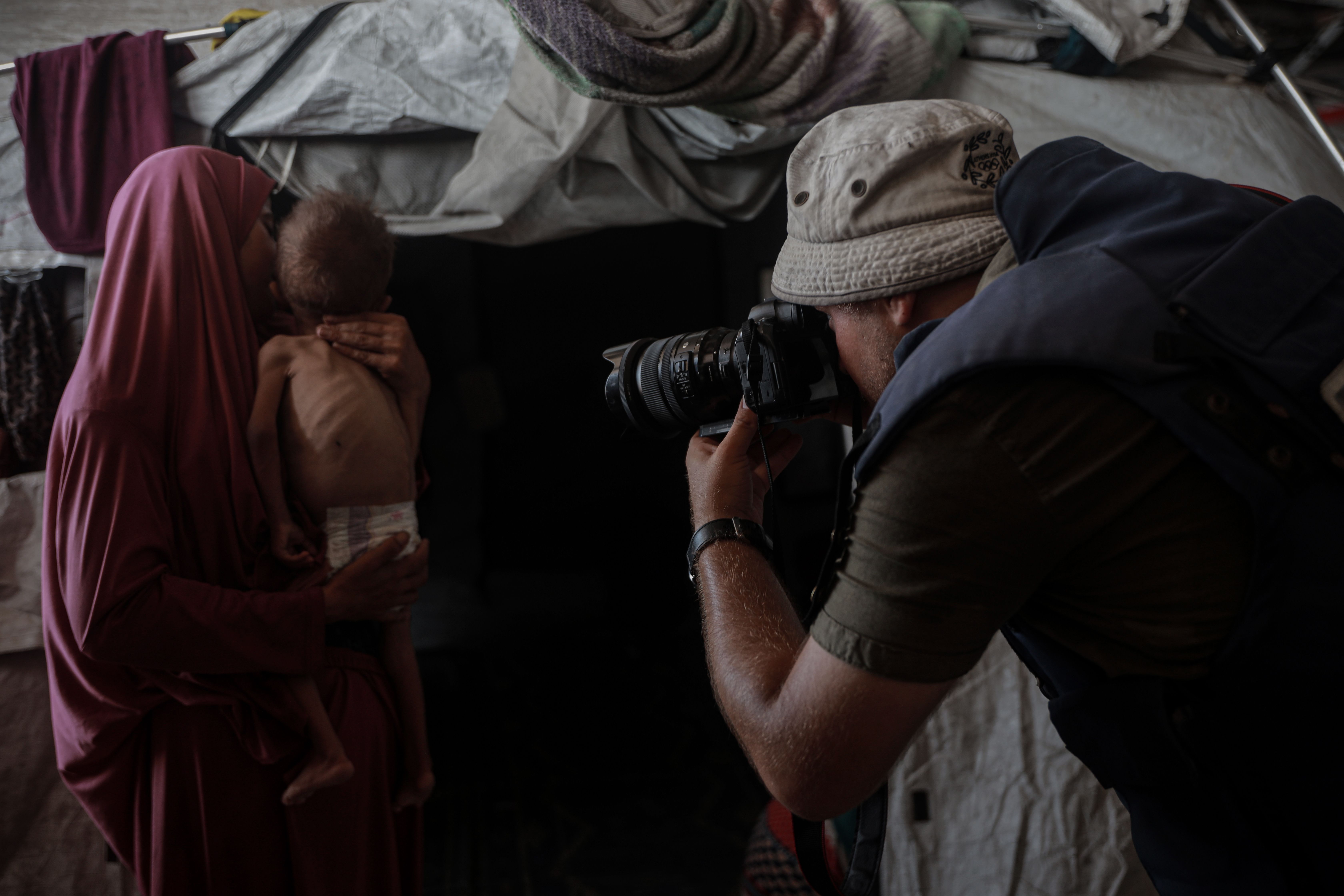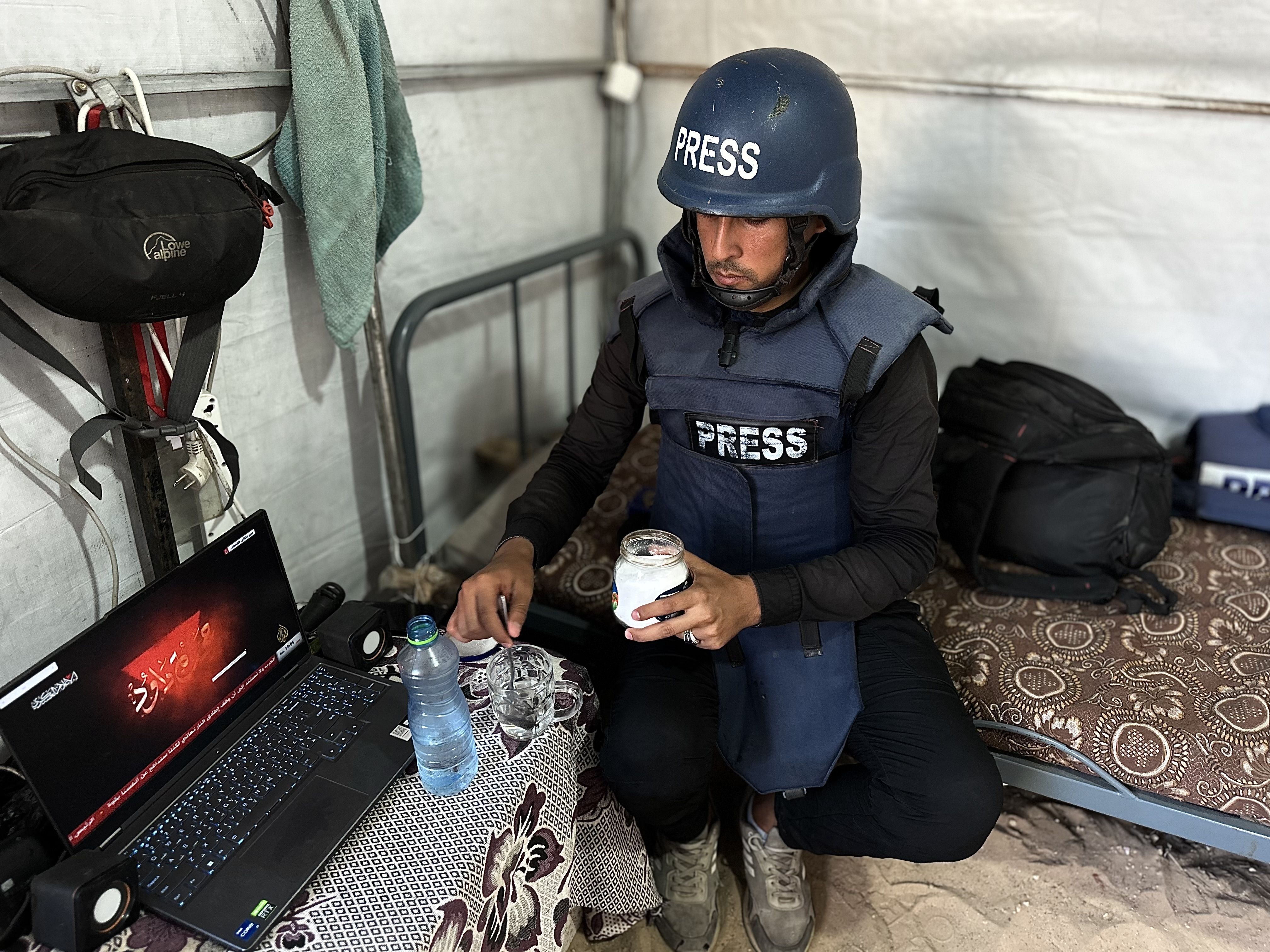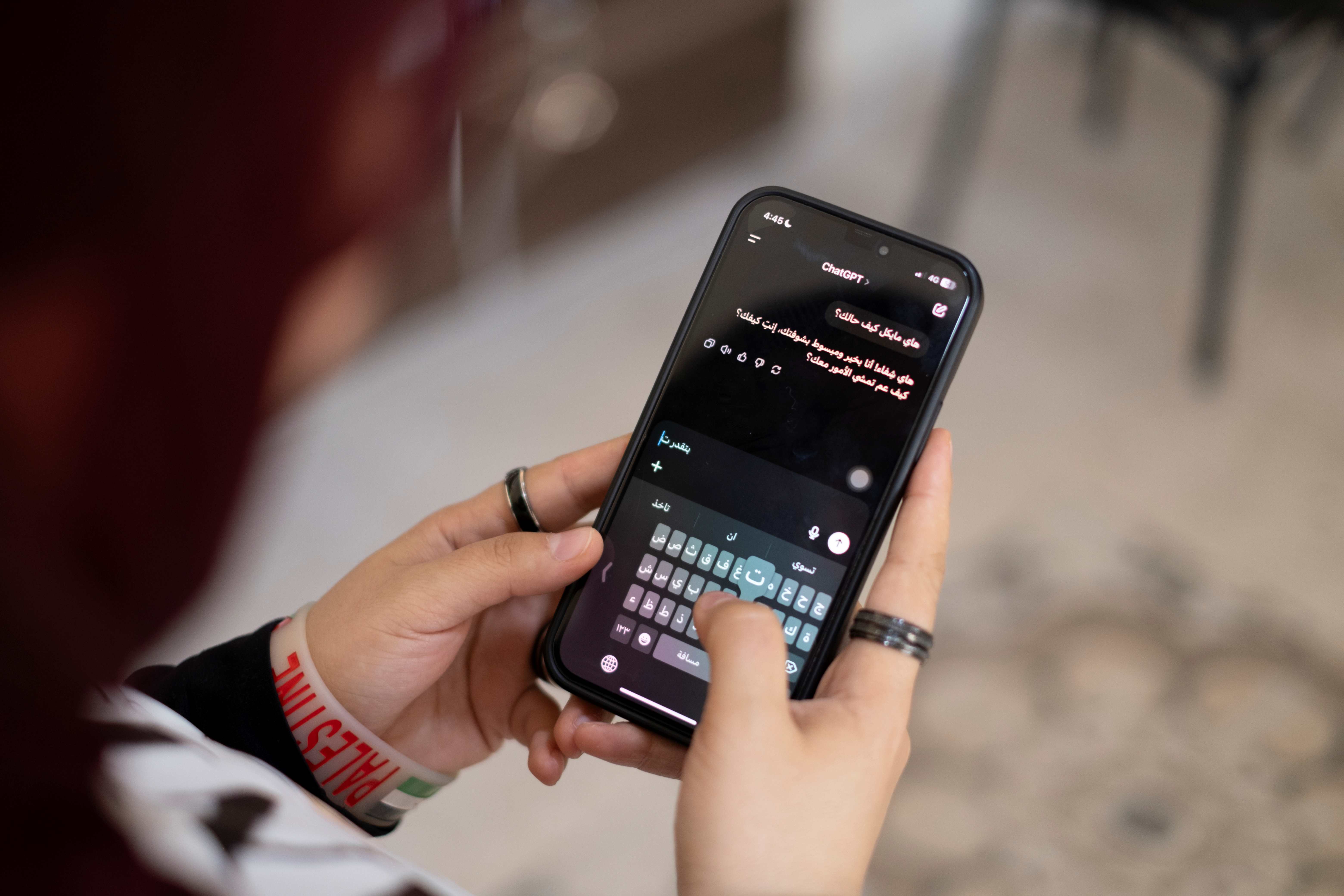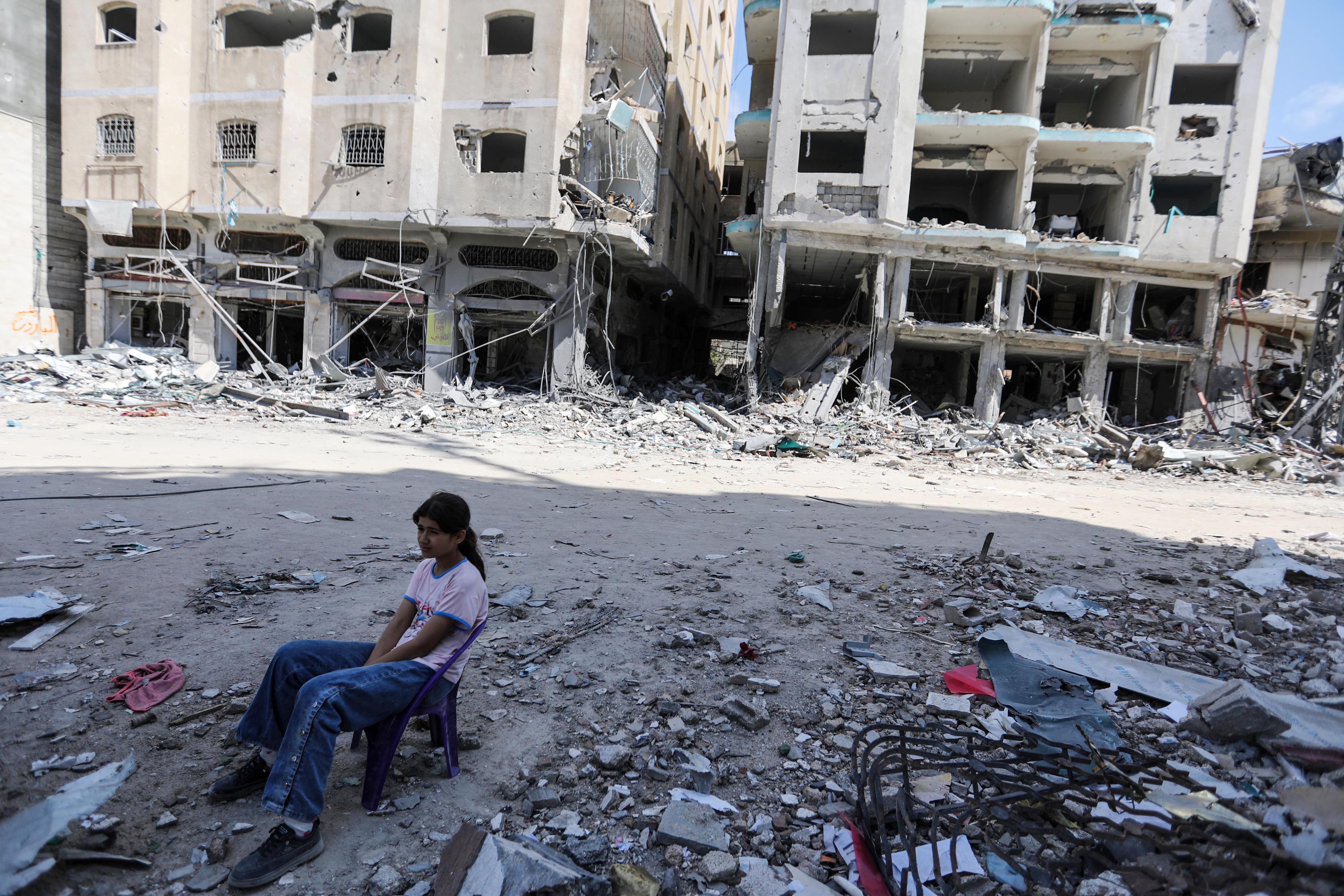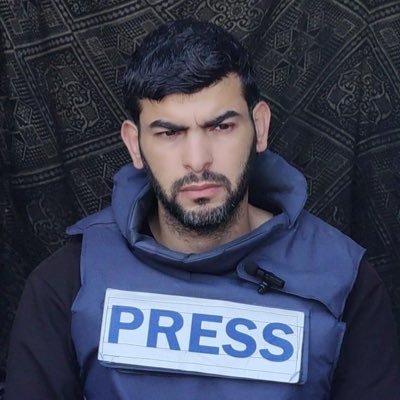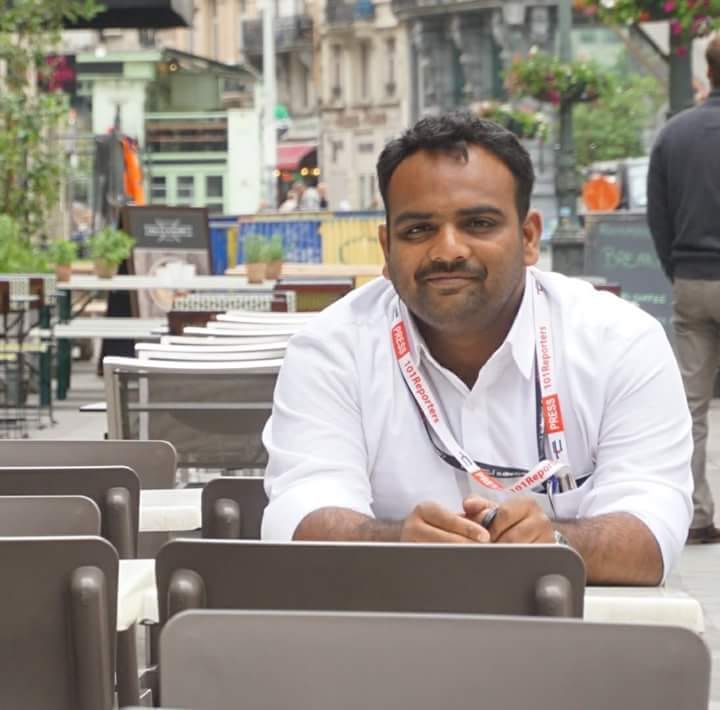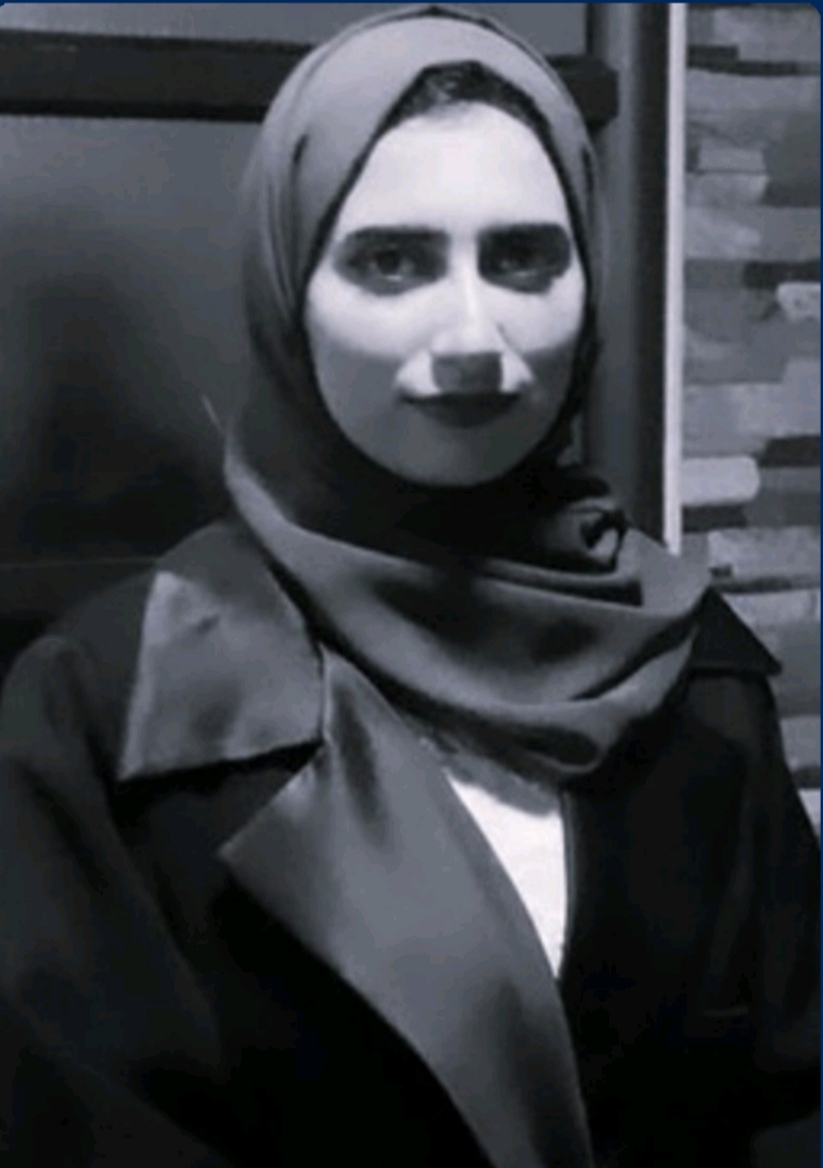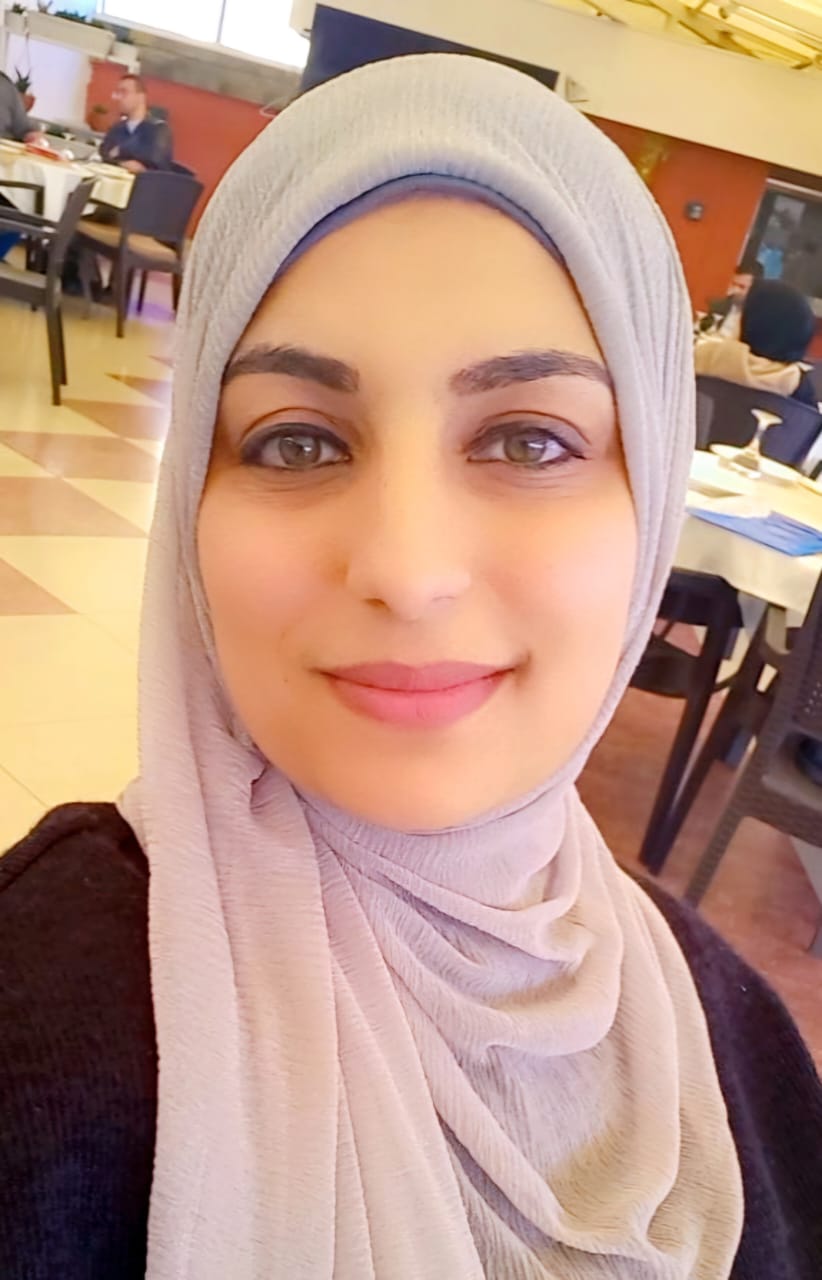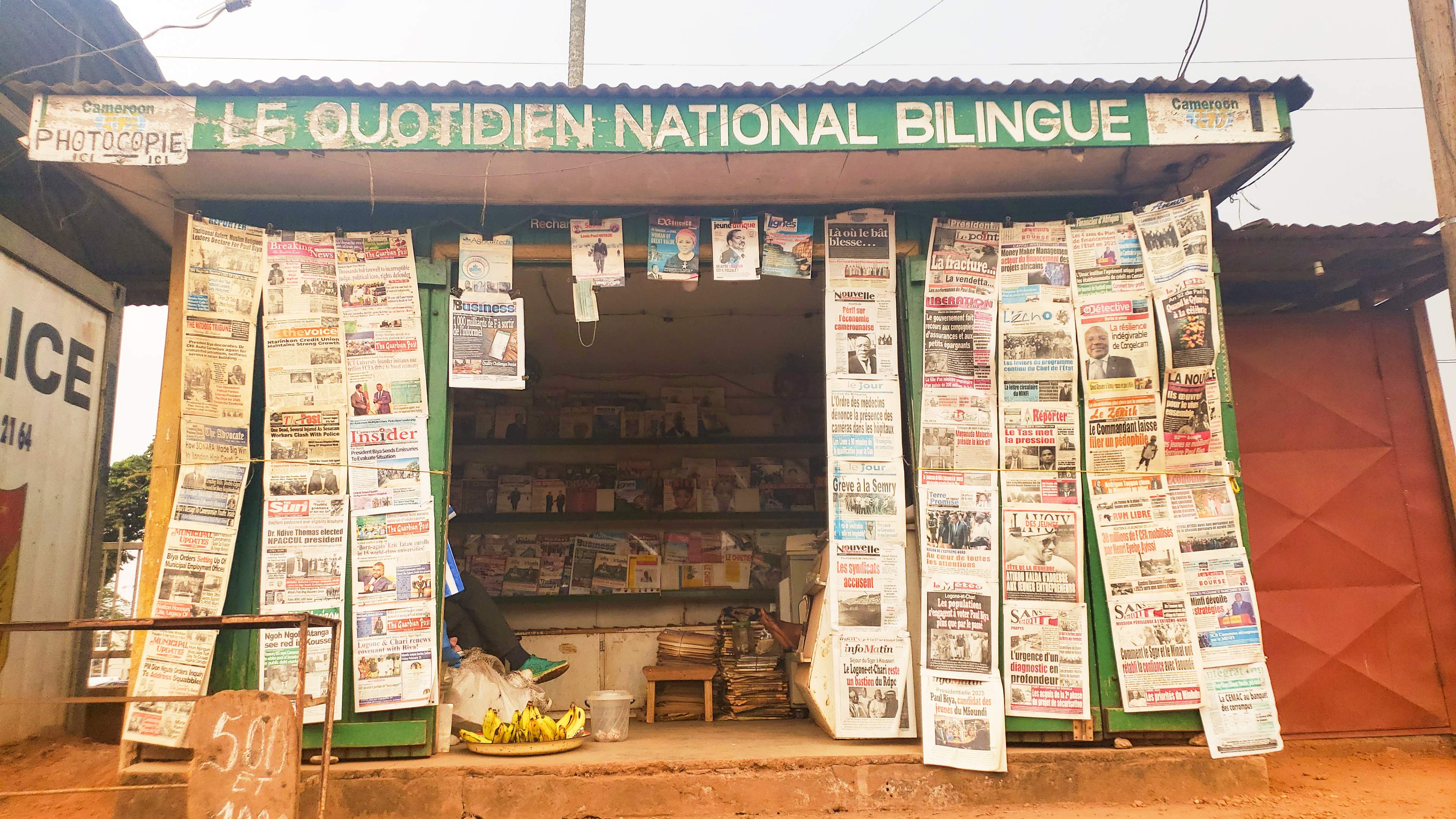تفتحت عيناي في عائلة تمتهن التصوير وتجعل منها مهنة لكسب العيش، فقد كنا نتبارى أنا وإخوتي في تصوير بعضنا البعض للإمساك بخيوط هذه الحرفة.. الظاهر منها والمخفي.
وحين احترفت التصوير، اخترت أن أكون مصورا صحفيا، وما زلت أعمل في هذه المهنة منذ ما يزيد على الأربعين عاما، كانت معظمها -للأسف- تغطية لحروب لبنان والمنطقة. كانت تلك السنوات بمثابة مشوار من الألم والمعاناة، لضغط العمل في ظروف أمنية صعبة وخطيرة تركت الأثر العميق في نفسي وحياتي، وقد جعلني هذا الأمر أفكر مرارا في ترك هذه المهنة المتعبة والخطيرة، لكن شغفي وتعلقي بآلة التصوير التي رافقتني في طفولتي كانا أقوى، فأكملت مسيرتي مؤمنا بأن للصورة الفوتوغرافية مهمات أخرى إبداعية وفنية خارج إطار الصورة الصحفية المكررة عن المآسي والحروب.
نظرة إيجابية نحو الصورة
قد تكون الصورة الفوتوغرافية في أيامها الذهبية، سيما بعد تحول هواتفنا الذكية إلى آلات تصوير متطورة سهلت وأتاحت التقاط الصور من قبل أكبر شريحة من الناس ومن كل الأجيال، حتى إن كبار السن من أهلنا والصغار منهم على السواء، يلتقطون صورا ويحملونها على مواقع التواصل الاجتماعي المتعددة الوسائط.
ذلك يعني تطورا في طريقة فهمنا للصورة وازدياد أهميتها في حياتنا اليومية، مما دفع نسبة كبيرة من جيل الشباب لتعلم مهارات التصوير وتقنياته -كالطلاب والخريجين- مندفعين بفضولية إيجابية للتعرف إلى هذا العالم الواسع.
وهو أمر يبعث على السرور حين نرى عددا كبيرا ممن هم من خارج مهنة التصوير والصحافة مقبلين على كشف أسرار المهنة، حريصين على اقتناء أهم وآخر تقنيات آلة التصوير وآخر ما اخترع من عدسات متطورة، بعد أن كانت حكرا على المصورين المحترفين.
الصورة.. تقرير صحفي
لا تقل أهمية الصورة عن أهمية التقرير الصحفي، دون أن نقلل طبعا من أهمية الأخير. فصورة واحدة تختصر عشرات الكلمات، وتترجم واقعا معينا وتسلط عليه الضوء بطريقة موضوعية وتروي الأحداث بتجرد.
ومن صدقية الصورة ومهنية المصور وأخلاقه أن يبتعد عن استخدام تقنيات تغير في دقة ونزاهة الموضوع المصوّر، لا سيما مع انتشار برامج الفوتوشوب. وقد يُسمح فقط بتدخل صغير لضبط توازن الألوان ودرجتها دون التأثير في طبيعة الصورة، ودون إضافة أو إنقاص لعناصر الصورة الرئيسية.. أتحدث هنا عن الصورة الصحفية تحديدا، فهي تؤثر في الرأي العام وتحدد اتجاهاته. وكم من صورة غيّرت مجرى الحروب، وحرب فيتنام وصورها الشهيرة شاهدة على ذلك. كذلك صور الحروب الإسرائيلية ضد منطقتنا، التي فضحت الكثير من الأكاذيب وبينت حقائق كنا نجهلها، مما ساعد في تغيير اتجاه الرأي العام الدولي وحرفته من اتجاه إلى آخر.
لذا، نرى السعي الدائم لدى المؤسسات الصحفية العالمية التي تحرص على سمعتها ومصداقيتها؛ لمنح الصورة الصحفية المكانة التي تستحقها.
ولأن الصورة الصحفية توثق لتاريخنا وحاضرنا، فالأجدر اعتبارها إرثا ثقافيا وحضاريا.
للمصور الفضل الأول
مهما تقدمت الثورة الرقمية وتطورت تقنياتها، فإنني أرى الفضل الأول في جودة الصورة وأهميتها يعود للمصور نفسه، فالصورة فكرة في ذهننا قبل كل شيء؛ تترجمها آلة التصوير، وتساعدنا التقنيات المتطورة إذا كانت الفكرة وقراءة المشهد مكتملتين في ذهن المصور وعينه.
بيد أن عليّ إيفاء الكاميرا الرقمية (الديجيتال) حقها في مهنة التصوير الصحفي، خاصة أثناء تصوير الأحداث اليومية، وكذلك خلال وجود المصور الصحفي في ساحات القتال وعلى تخوم الحروب، إذ سمحت هذه التقنية للمصور بالتقاط العديد من الصور بسرعة فائقة، وفي ثوان قليلة مكّنته من الحصول على عشرات الصور للإحاطة بموضوعه المقصود، ثم مراجعة الصور والتأكد من صحتها في المكان نفسه، لتمنح المصور فرصة لتصويب الخطأ، بينما كان ذلك في الماضي أحد معوقات عملنا، واختصرتْ علينا وقت العودة إلى غرفة التحميض بالأدوية الكيميائية وتظهير الصور.
وما بين كاميرا الأمس وكاميرا اليوم، بات بإمكاننا -كمصورين صحفيين- السيطرة على الضوء إن كان خافتا أو قويا ساطعا، وصناعة صورة جيدة وقتية، إذا كانت تمتلك قوة الموضوع وعناصر الصورة والكادر والظل والألوان.. كل هذه المكونات إن وجدت مرفقة بآلة متطورة؛ ستشكل بلا شك الصورة المثالية.
العدسات والحالة البصرية
ما إن نستخدم عدسة جديدة للكاميرا حتى تنتج الشركات المصنعة عدسات أخرى أكثر تطورا، فماذا يفعل المصور الصحفي إزاء هذه المنتجات الجديدة؟
حسنا، ما عليه سوى أن يختار العدسة التي تتأثر وتتجاوب مع تطلعاته كمصور محترف، من حيث انعكاس الضوء وحركة الزمن واللحظة والومضة الضوئية التي تتفاعل مع المشهد وما يحيط به من ألوان وتشكيلات، تجتمع كلها في تناسق جميل، لتعكس أفضل ما يعيشه المصور من حالة بصرية، تترجم بصورة تحمل الكثير مما في نفسه وتعبر عن فكرته.
لربما نقول الآن إن ثمة إنصافا قد أصاب الصورة الصحفية بسبب تطور تقنيات التصوير والنظرة الإيجابية لها، الأمر الذي أعاد لها مكانتها لتصطف إلى جانب الفنون الأخرى المعترف بها، حيث بتنا نرى الصورة الفوتوغرافية والصحفية وهي معروضة في أهم الصالات العالمية، جنبا إلى جنب مع اللوحات التشكيلية الفنية الراقية.
ماذا ينقصنا الآن؟ متحفٌ خاص بالصورة.
